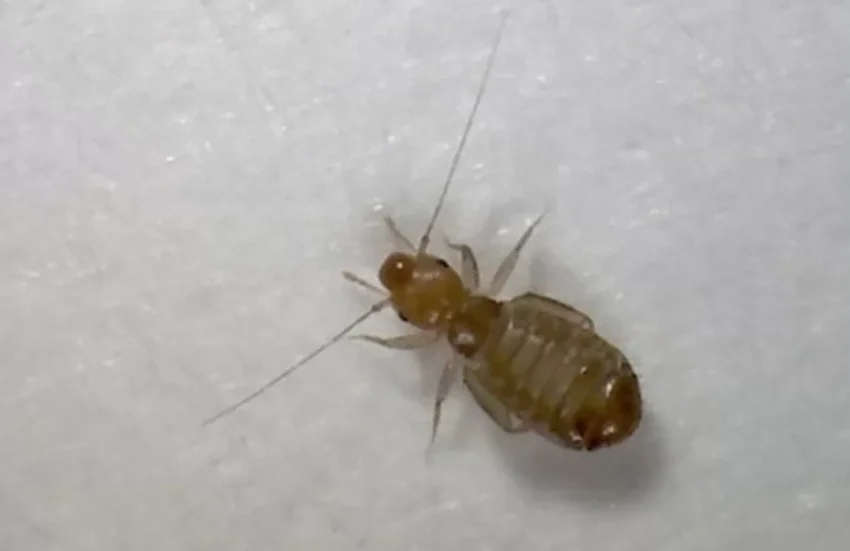Booklice, also known as psocids, are tiny, often misunderstood pests not related to lice at all. Despite their name, they are more closely related to termites and feed primarily on mold or fungi, which thrive in damp environments. In this article, we’ll explore what booklice are, why they might be in your home, and effective strategies for getting rid of them, especially focusing on homes in Delhi where humidity can make these pests a common issue.
Understanding Booklice
Booklice are small insects, usually less than 1/16 inch long, and can vary in color from translucent white to gray or brown. They are often found in damp locations where mold and fungi are present, which is their primary food source. Common areas to find booklice include kitchens, bathrooms, basements, along stored books, and paper where they can find glue, starch, or mold.
Although they are harmless as they do not bite, transmit diseases, or cause significant damage to structures like termites, their presence can be annoying and sometimes alarming due to their resemblance to lice and termites.
Causes of Booklice Infestations
High Humidity: Booklice thrive in environments with high humidity, typically over 50% relative humidity.
Mold and Mildew: Areas with mold growth are ideal for booklice since mold is their primary food source.
Cluttered Storage: Storing books, papers, or cardboard in damp conditions can attract booklice.
How to Get Rid of Booklice
Reduce Humidity: The first step in controlling booklice is to reduce humidity in your home. Use dehumidifiers, air conditioners, and exhaust fans to maintain a dry environment. Fix leaks and ensure good ventilation, particularly in areas like kitchens and bathrooms.
Clean Regularly: Vacuum and clean shelves, books, and other potential hiding spots regularly. Pay special attention to removing mold and mildew, which can attract booklice.
Proper Storage: Keep books, papers, and fabric off the floor and store them in dry, well-ventilated areas. Consider using plastic covers for books if you live in a particularly humid area.
Use Desiccants: Products like silica gel can be placed in bookcases and storage boxes to absorb excess moisture and help prevent booklice.
Pest Control Treatments: For persistent problems, consider contacting a professional pest control service in Delhi. Look for services that offer eco-friendly options to tackle booklice effectively without harsh chemicals. These professionals can also help manage other pests like termites, which could be mistaken for booklice or present a more significant threat to your property.
Preventing Future Infestations
To prevent future booklice infestations, focus on controlling the environment in your home:
Maintain low humidity.
Ensure adequate ventilation and sunlight exposure.
Regularly inspect areas prone to dampness and mold growth.
Incorporating regular inspections by a termite control expert can also help identify any related pests that might contribute to the problem, ensuring your home remains free from unwanted guests.
Conclusion
While booklice can be a nuisance, understanding their habits and environment allows for effective control and prevention. By maintaining a dry, clean home and considering professional pest control services in Delhi, you can keep your living space comfortable and booklice-free.

